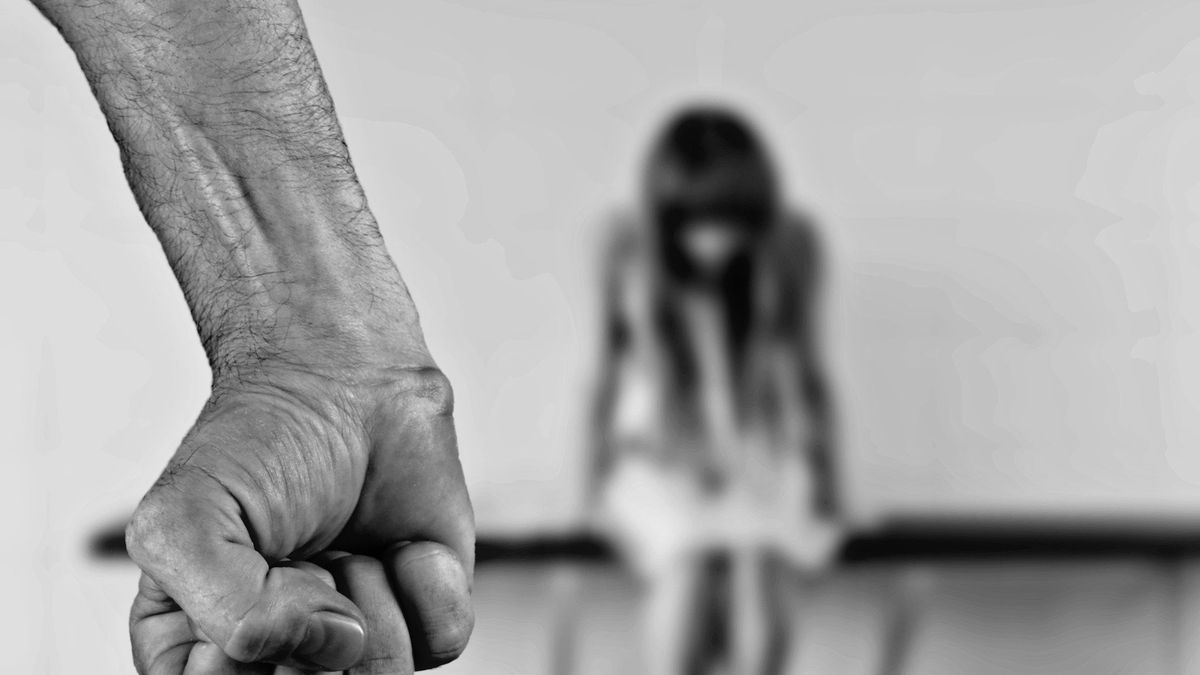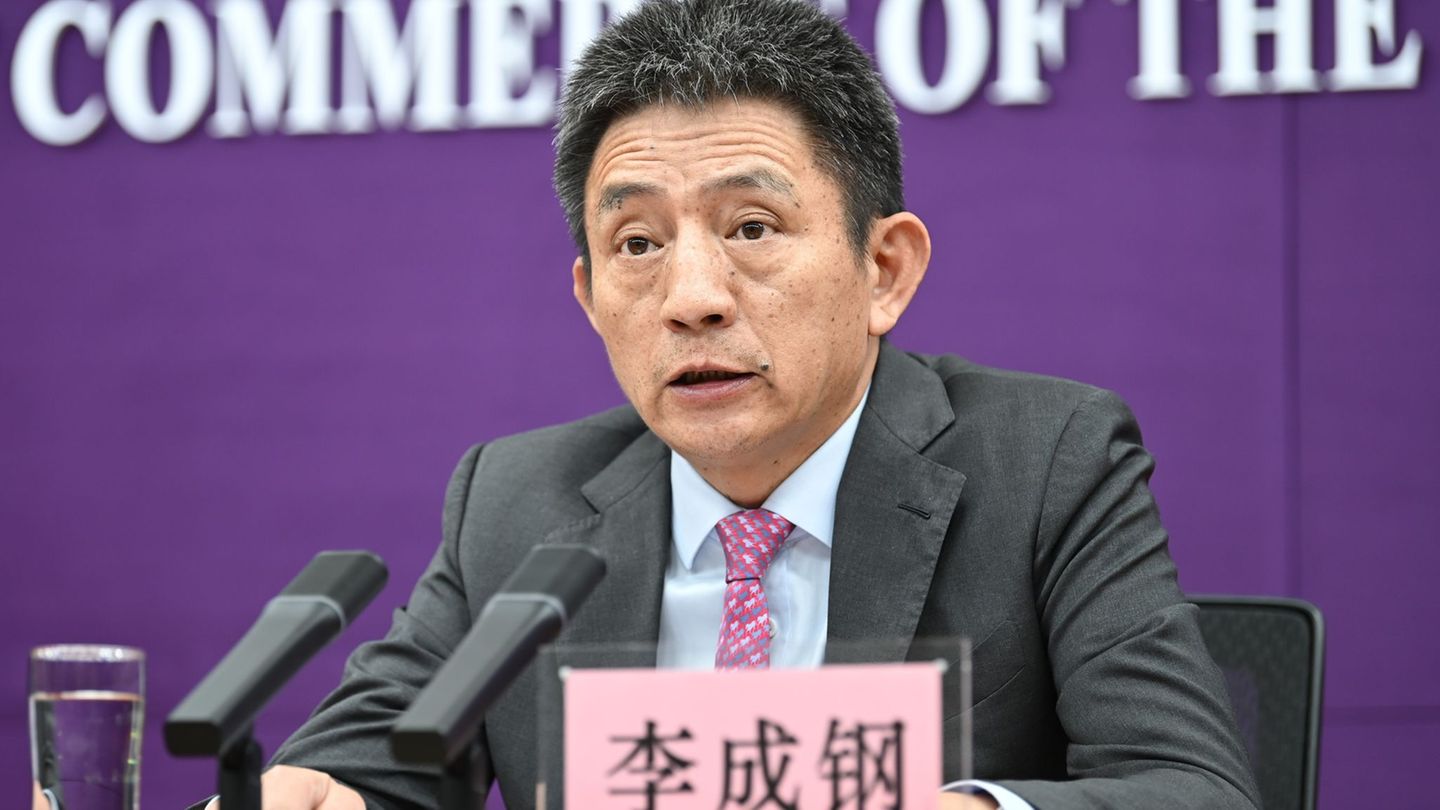I would like to contribute other perspectives to the subject, emphasizing the related factors at stake, knowing that they do not solve by themselves the urgency and seriousness of the problem raised.
The nature of violence in the context of a couple relationship is totally different from that which occurs in other types of situations, in which there is no emotional bond between the victim and the perpetrator. Family ties – both biological and alliance – have a particular function, and as such require a specific approach. There are deep ties between family members that can easily range from love to hate.
Psychoanalysis has made it possible to understand that many of these links are of the order of addiction. Yes; Just as there are addictions to certain substances -which can also be present in these episodes-, there are addictions to the people with whom one lives or has lived. And they must be treated therapeutically as such. They are passionate relationships, in the destructive sense that passion implies. This is a key point to understand the logic of “loves that kill” or “exes who hate each other”. And “understanding” does not mean “justifying”, or “taking a stand for”, but rather finding more tools to be able to intervene and help.
Those who live as a couple have a frame -of which they often do not even realize- for their daily life. Life with another establishes domestic rituals and habits (sleeping and waking up at synchronized times, eating together, sharing common stories, having sex, etc.) that even regulate biological and emotional rhythms. The mind of a person who is in a relationship has been modified, because he has another incorporated into his life, with whom he has built an “we”. Conjugality often brings with it the erroneous illusion that the other is – or should be – “transparent.” Or that it must “guess” our wishes or thoughts.
coexistence couples 1200.jpg
Pixabay
There are couples who can develop intense states of “fusion” and dependence, losing the individuality of each one. Often these forms of attachment, if not noticed in time, lead to deep crises. Although a certain degree of dependency is necessary to maintain the stability of the couple, the exacerbation of these states can generate great concerns when perceiving that the other has a “world of his own”, which is not possible to access. It is about the “non-shareable” of each one, that which is part of privacy and that does not necessarily cover deception or lies.
It is said that in every couple there is a first time of “founding infatuation”, which is understood as a state close to hypnosis and hallucination, rather than rational thought. This state tempers (does not disappear) and tends to re-emerge in passionate reactivations. It is said that it is the “archetype of madness, in normality”, because the true features of the other can be denied, based on an illusion of completeness. And at this point, signs of a destructive or highly distressed relationship may be lost sight of.
We can even speak of “passionate hatred” -considering that there is no stronger bond than that which produces hatred. Or of “destructive love”, when it is taken for granted that the other does not have an autonomous existence and it is necessary to make him suffer permanently. Those members of a couple -or ex-couple- in which episodes of violence occur, may find themselves in a psychological confinement. Beyond observing a victim and a perpetrator, we can consider that both are prisoners of a destructive functioning that is imposed on them and that is unleashed before certain triggers. Another very important aspect to keep in mind is that ties can get sick.
Sometimes it is not the people who are sick with violence, but the links between them. This idea takes us away from the field of individual pathology and leads us to that of the phenomena that happen between people. This approach provides a more complete picture and allows us, many times, to act in the field of prevention.
A frequent resource is the virtual perimeters – the measures prohibiting the approach or exclusion of the home – that mark a limit around the complainant, which the alleged aggressor should not trespass. This judicial measure virtually builds a border between the parties in conflict and serves to locate the feared character “on the other side.” They are emergency solutions that in some cases achieve the cessation of harassment. Its effectiveness will depend on the greater or lesser willingness of those involved to abide by the law.
But these resources can also confirm to the person their own vulnerability and that the danger is indeed in the other. We must also bear in mind that on some occasions these measures are transgressed by both parties – not only by the aggressor but also by the victim – since there is between them an important ambivalent affective dependence (of attraction-rejection) whose conflictive is not resolves with the sole judicial or police provision, but requires therapeutic work on the bond.
violence-1.jpg
The most urgent measure, of course, will be to have everything necessary so that a physical distance can be installed, but it will be necessary to work in parallel on the possibility that both parties can also maintain a psychological distance: Work with them separately, but not only with the victim but also with the perpetrator in an approach that allows them to understand why the violence is repeated and what are the triggers of these actions.
Feeling excluded from home – and deprived of its “object” of addiction – can duplicate anger and the feeling of injustice in the aggressor, if he is not “included” in some type of therapeutic device -group or individual- in which encourages you to think rather than act. It is difficult to give advice or “tips” in this type of case. In any case, I believe that these issues have been installed in the social imaginary and it is very useful to disseminate and exchange ideas that help those who are immersed in these problems -and the professionals who work on them.[1]to think more clearly.
Member of APA Specialist in couples and families. Advisor to the Department. of Couple and Family of the Argentine Psychoanalytic Association. Author of the book: “La familia y la ley. Conflicts-transformations ”.
Source From: Ambito




